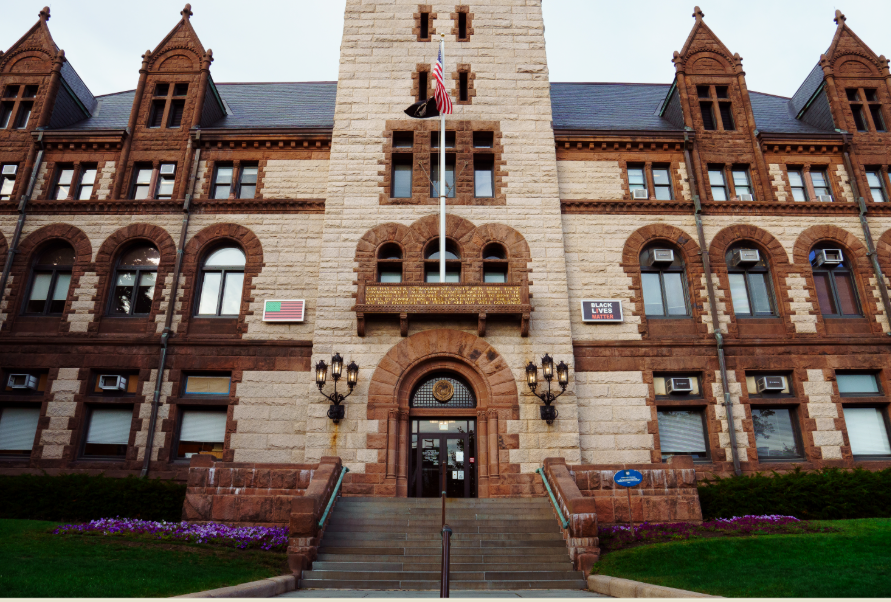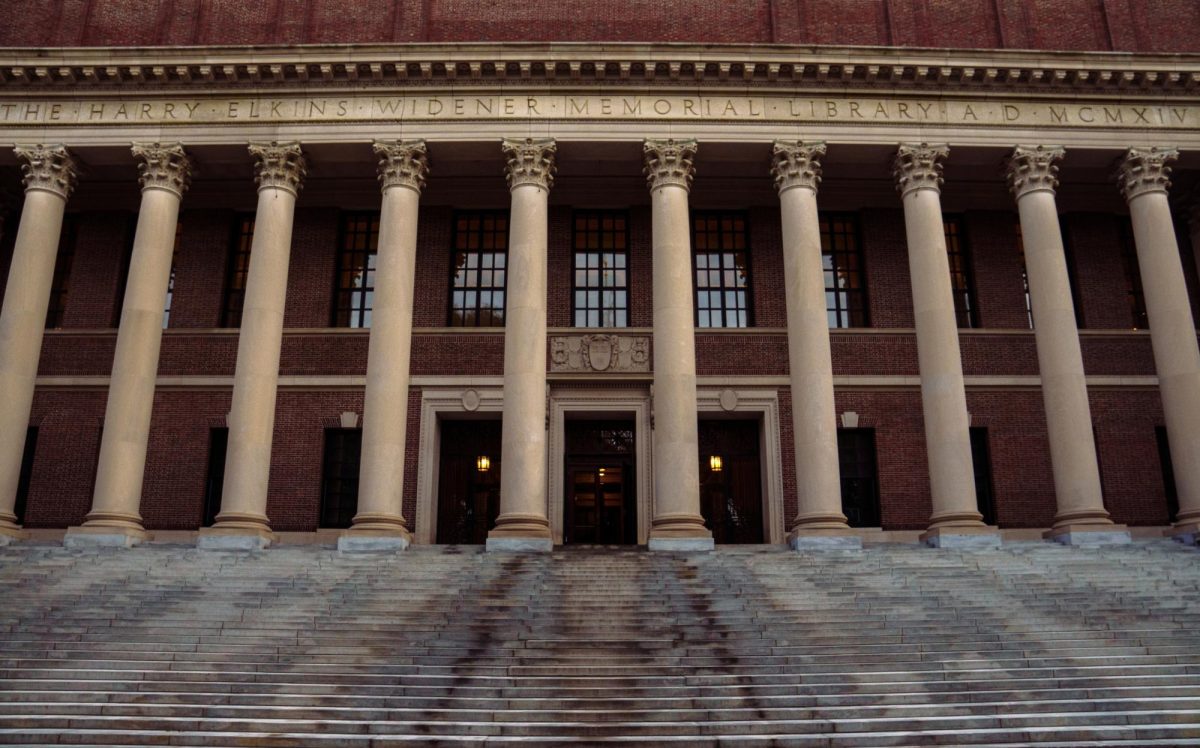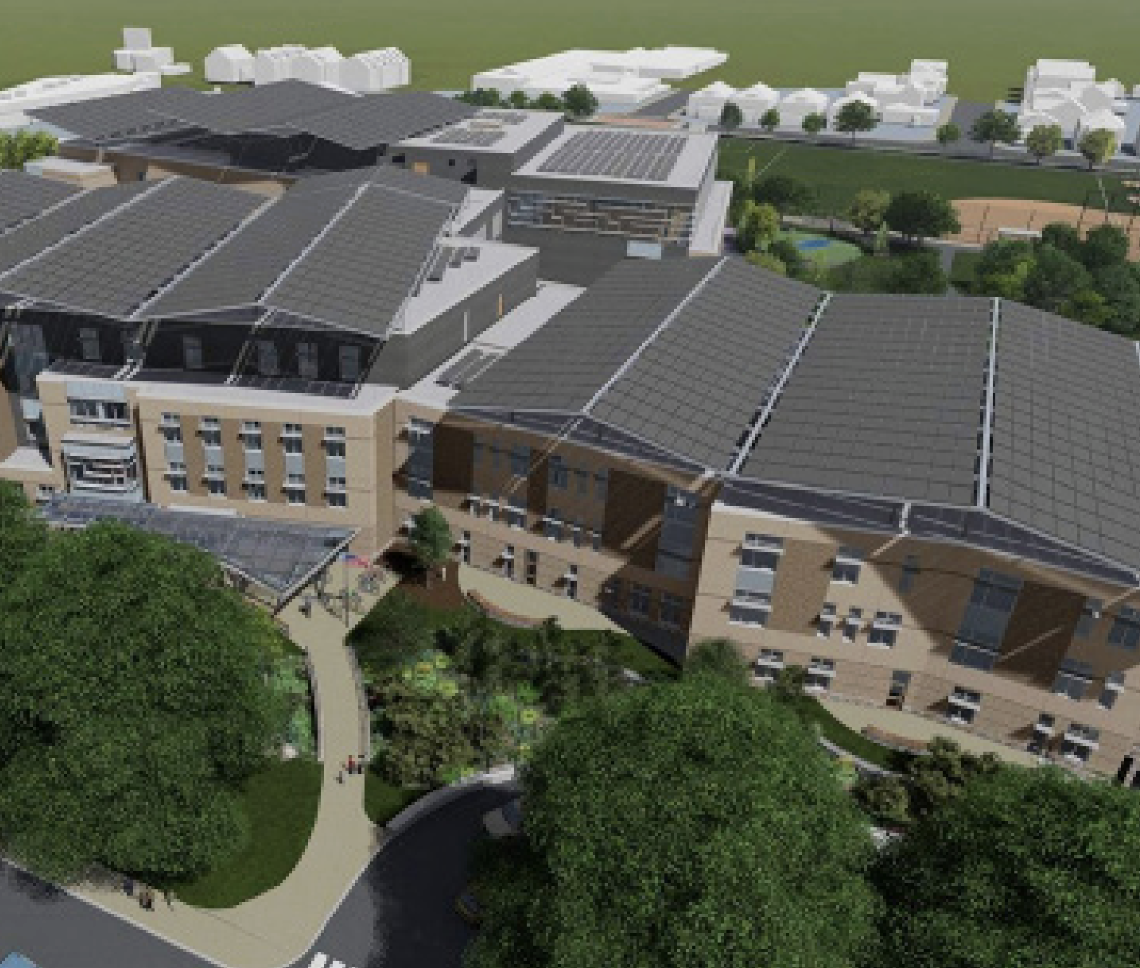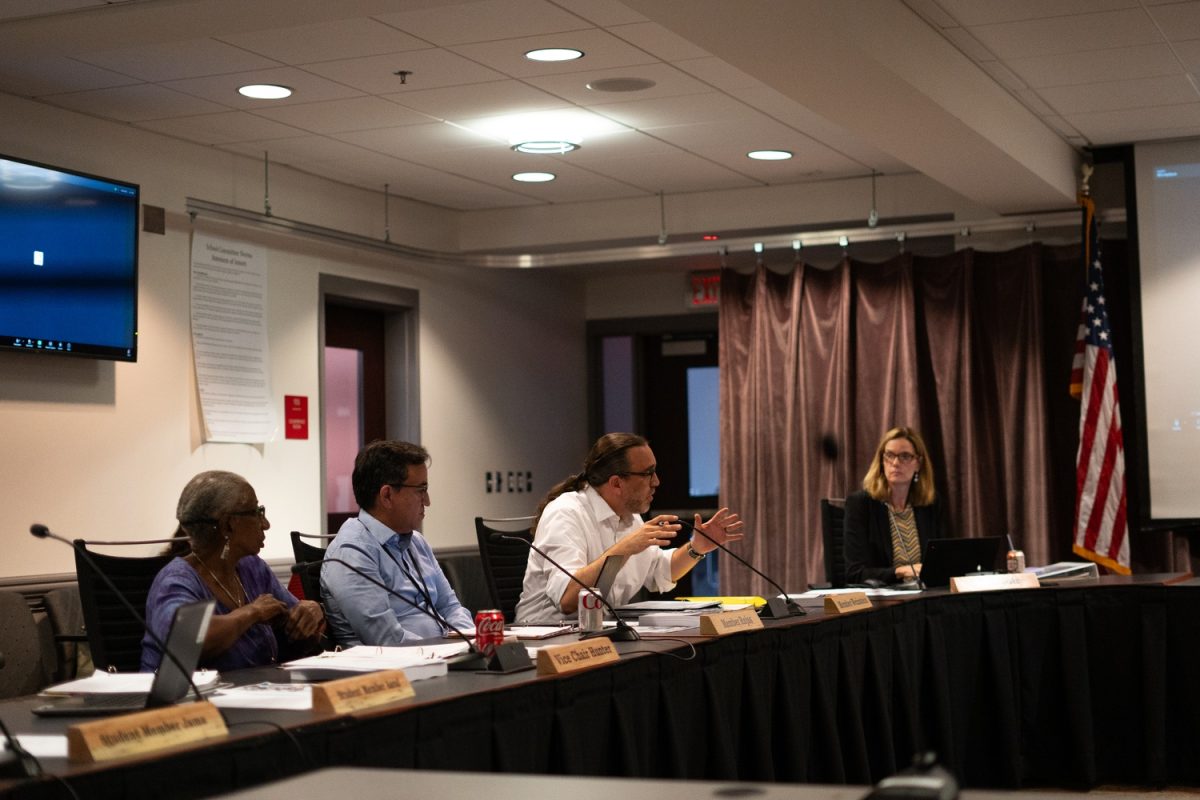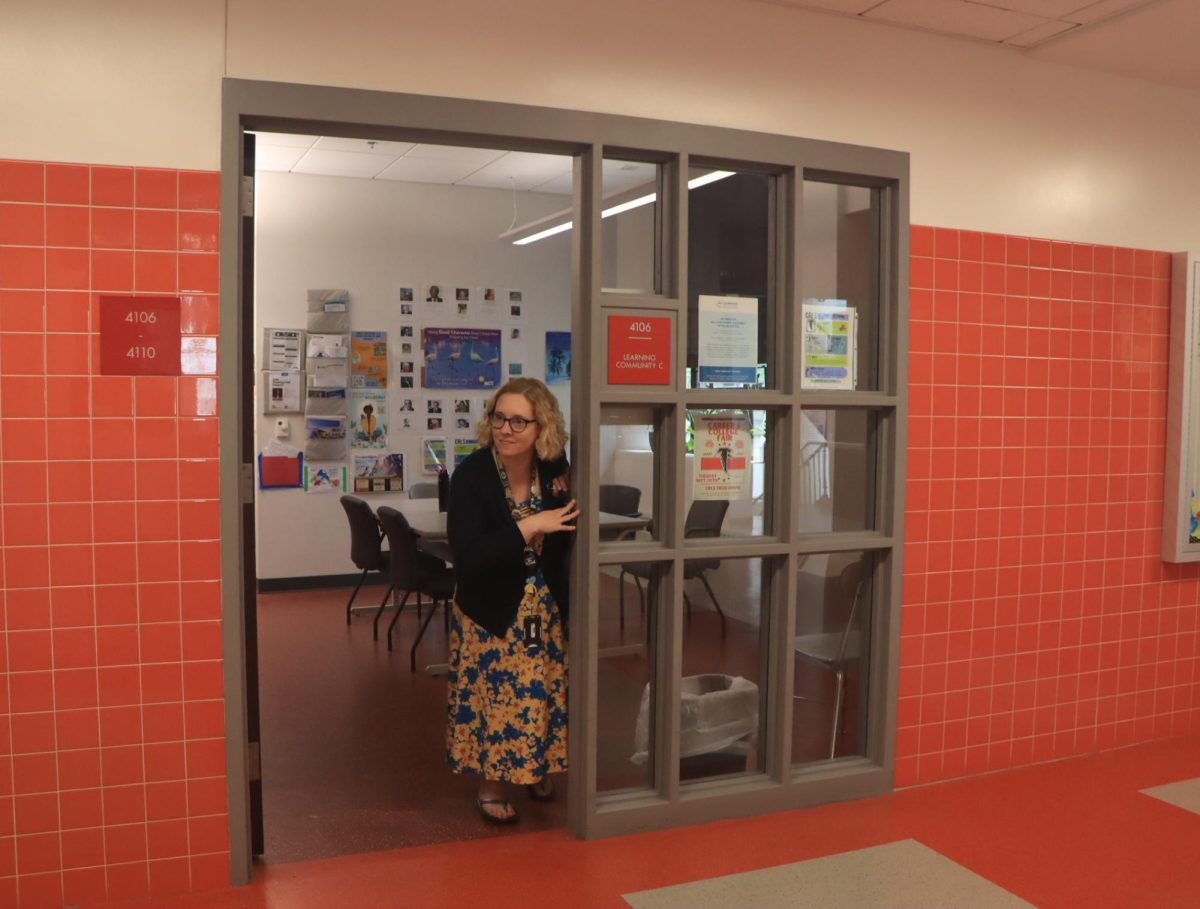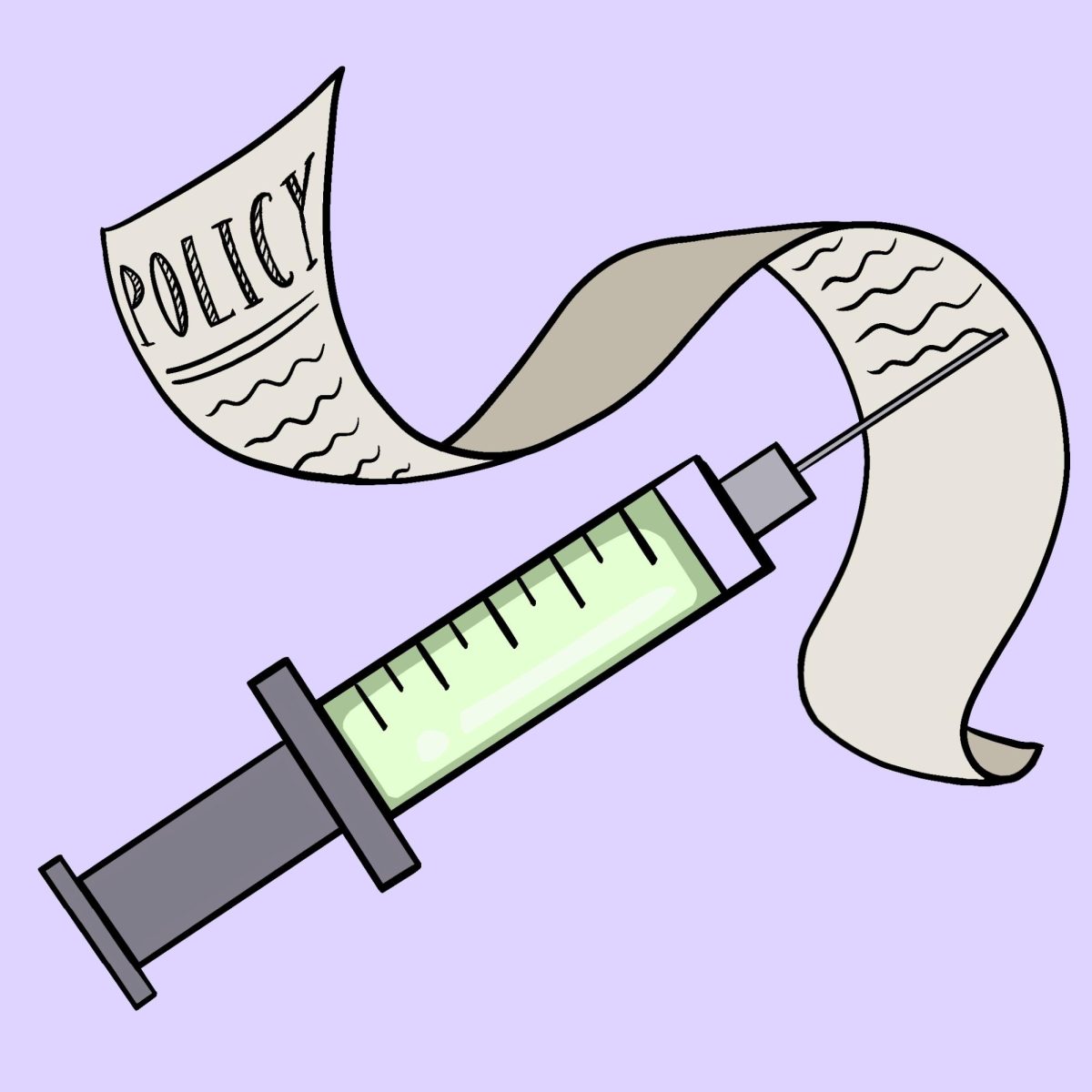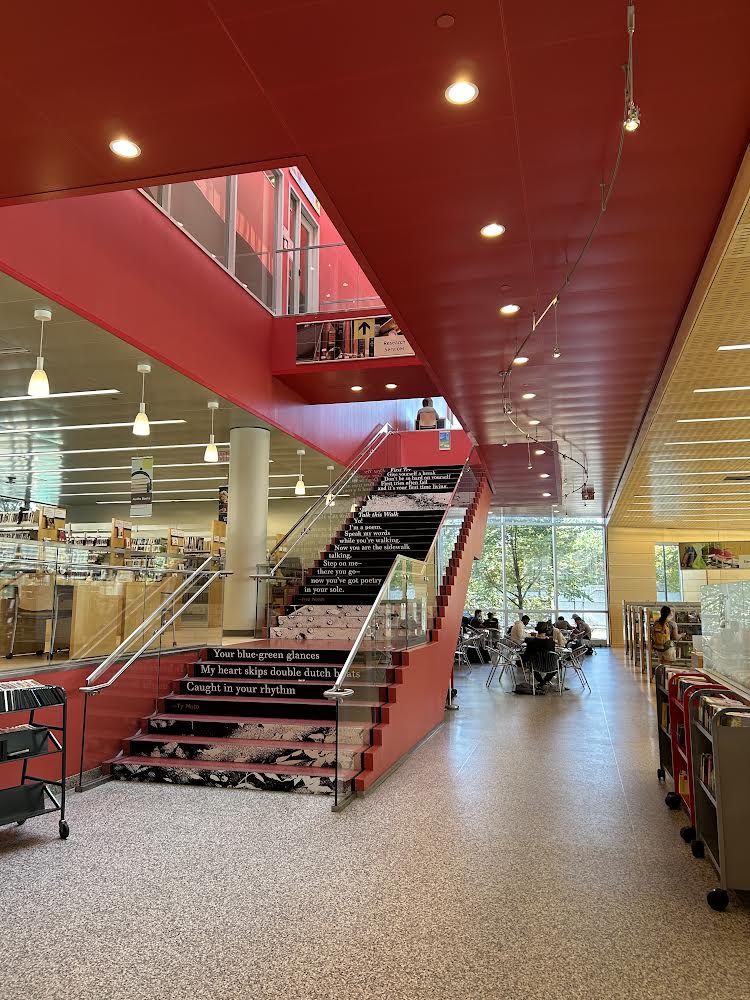Although Cambridge is known for its economic prosperity, recent data indicates that this economic progress is not shared uniformly across the city. In 2021, 13.8% of Cambridge residents had incomes below the poverty line—24.7% higher than Massachusetts’ overall poverty rate of 10.4%. Considering individuals not in families, 15.4% of high school graduates and 46.7% of non-high school graduates lived in poverty. Among disabled individuals, 19.9% of males and 23.4% of females were below the poverty line. 90.9% of impoverished residents were renters in comparison to 64.4% among those with incomes above the poverty line.
The poverty line is the economic barrier that separates those who can meet their basic needs from those who cannot. These standards were originally developed in the 1960s by Mollie Orshansky, a researcher at the Social Security Administration. Since then, they have been adjusted for inflation.
The U.S. Census Bureau is in charge of measuring poverty. To do so, it uses two main measures: the official poverty measure (OPM) and the Supplemental Poverty Measure. OPM compares pre-tax cash income against a threshold set at three times the cost of a minimum food diet in 1963 and adjusted for family size. The OPM uses calculations of these three elements—income, threshold, and family size—to estimate what percentage of the population is poor. In essence, poverty is measured in the United States by comparing a person or family’s income to a set minimum amount of income needed to cover basic needs. People who make less than the minimum are considered poor.
Many of those living under the poverty line in Cambridge face challenges because of a city-wide housing crisis. Over the past few decades, Cambridge has experienced significant population growth. According to the U.S. Census data, the city’s population soared from 95,802 in 1990 to 118,403 in 2020, reflecting a 23.5% increase. Concurrently, household sizes have also seen fluctuations. The average household size, which was 2.08 persons in 1990, rose to 2.19 persons in the 2020 Census. Housing costs in Cambridge are steep, standing at 220% above the national average. The median home price is $1,109,025, while the median monthly rent is $3,474.
The American Community Survey indicated that the median family income in Cambridge stood at $147,492, a 47% increase from 1999. However, this higher income is overshadowed by the fact that the cost of living in Cambridge exceeds the national average by a staggering 73%. The pandemic has worsened disparities in health and wealth along both racial and gender lines. According to federal standards, a family comprising three individuals earning an annual income of $21,960 falls below the poverty threshold.
Demographics in Cambridge often diverge along the poverty line. For example, while 12.3% of all residents and 7.4% of families live below the poverty line, female-headed households face a poverty rate of 38.9%. Black residents in Cambridge, and those of Hispanic or Latinx origin, face double the likelihood of living below the poverty line. Around 60% of Cambridge’s African-American households with children make half or less of what the Economic Policy Institute deems a living wage. Examining the recent unemployment data from May 2023 reveals a promising 1.7% unemployment rate in Cambridge. Although this low figure indicates a stable job market, stable employment does not always equate to financial security, especially when the cost of living in Cambridge is taken into account.
This article also appears in our October 2023 print edition.


